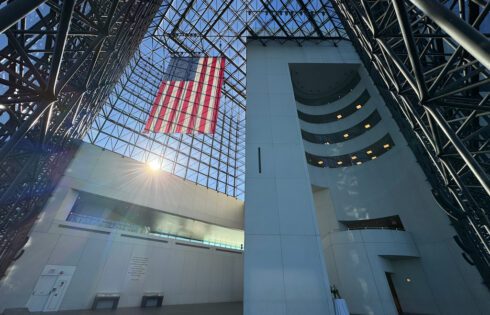
JFK Presidential Library and Museum Review
As someone deeply passionate about museums and a devoted admirer of President Kennedy, my anticipation reached its peak when I finally had the opportunity to explore the John F. Kennedy

As someone deeply passionate about museums and a devoted admirer of President Kennedy, my anticipation reached its peak when I finally had the opportunity to explore the John F. Kennedy
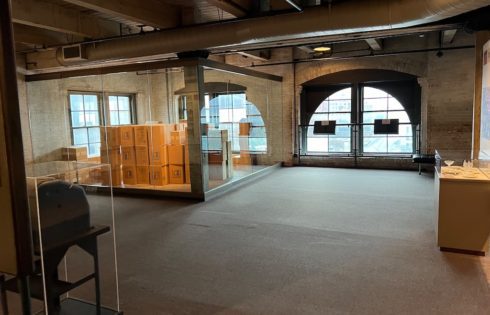
Dallas has been forced to grapple with its association to the JFK assassination for decades. And nowhere in the city is this association stronger than the location of the Sixth
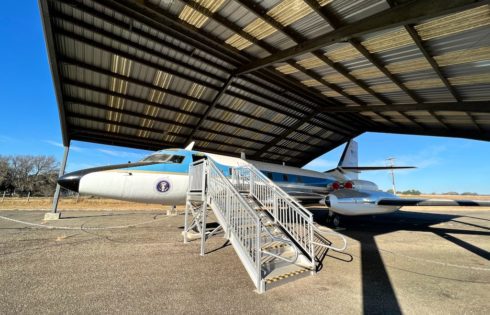
It’s always fascinating tracing the history of former US presidents. One US president that definitely did things his own way was LBJ. He was the first president to ever truly
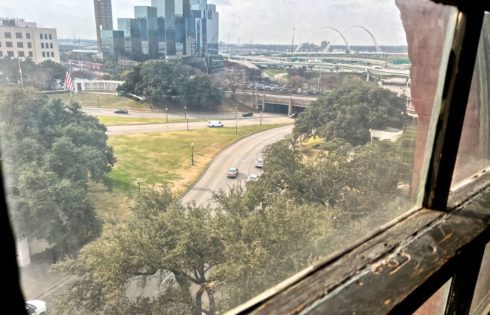
If you’re interested in learning about the JFK assassination that occurred in Dallas and seeing all of the different sites associated to that tragic moment in history, you’ll find that
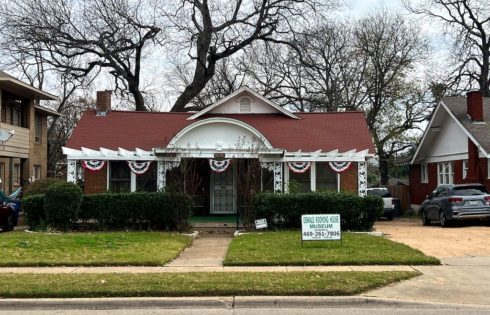
There’s something special about standing in the exact spaces of major historical events. You’re able to appreciate and absorb the history in a way that otherwise just would not be
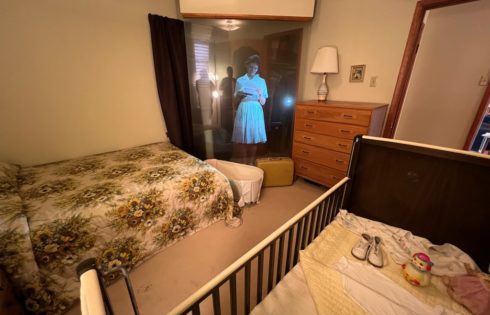
On a recent trip to the Dallas-Fort Worth area, I was surprised to find out how many sites there were related to the JFK assassination. With so many different places
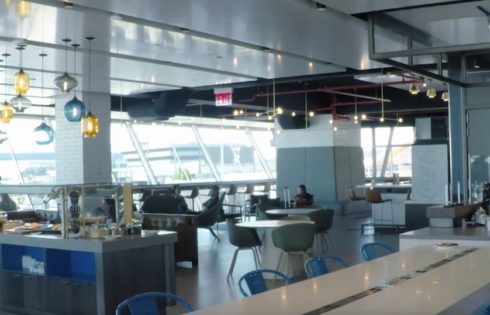
JFK is home to several Priority Pass airport lounges and even a restaurant. But how do you find these lounges and which terminals are they in? This article will tell
| Cookie | Duration | Description |
|---|---|---|
| cookielawinfo-checkbox-analytics | 11 months | This cookie is set by GDPR Cookie Consent plugin. The cookie is used to store the user consent for the cookies in the category "Analytics". |
| cookielawinfo-checkbox-functional | 11 months | The cookie is set by GDPR cookie consent to record the user consent for the cookies in the category "Functional". |
| cookielawinfo-checkbox-necessary | 11 months | This cookie is set by GDPR Cookie Consent plugin. The cookies is used to store the user consent for the cookies in the category "Necessary". |
| cookielawinfo-checkbox-others | 11 months | This cookie is set by GDPR Cookie Consent plugin. The cookie is used to store the user consent for the cookies in the category "Other. |
| cookielawinfo-checkbox-performance | 11 months | This cookie is set by GDPR Cookie Consent plugin. The cookie is used to store the user consent for the cookies in the category "Performance". |
| viewed_cookie_policy | 11 months | The cookie is set by the GDPR Cookie Consent plugin and is used to store whether or not user has consented to the use of cookies. It does not store any personal data. |
